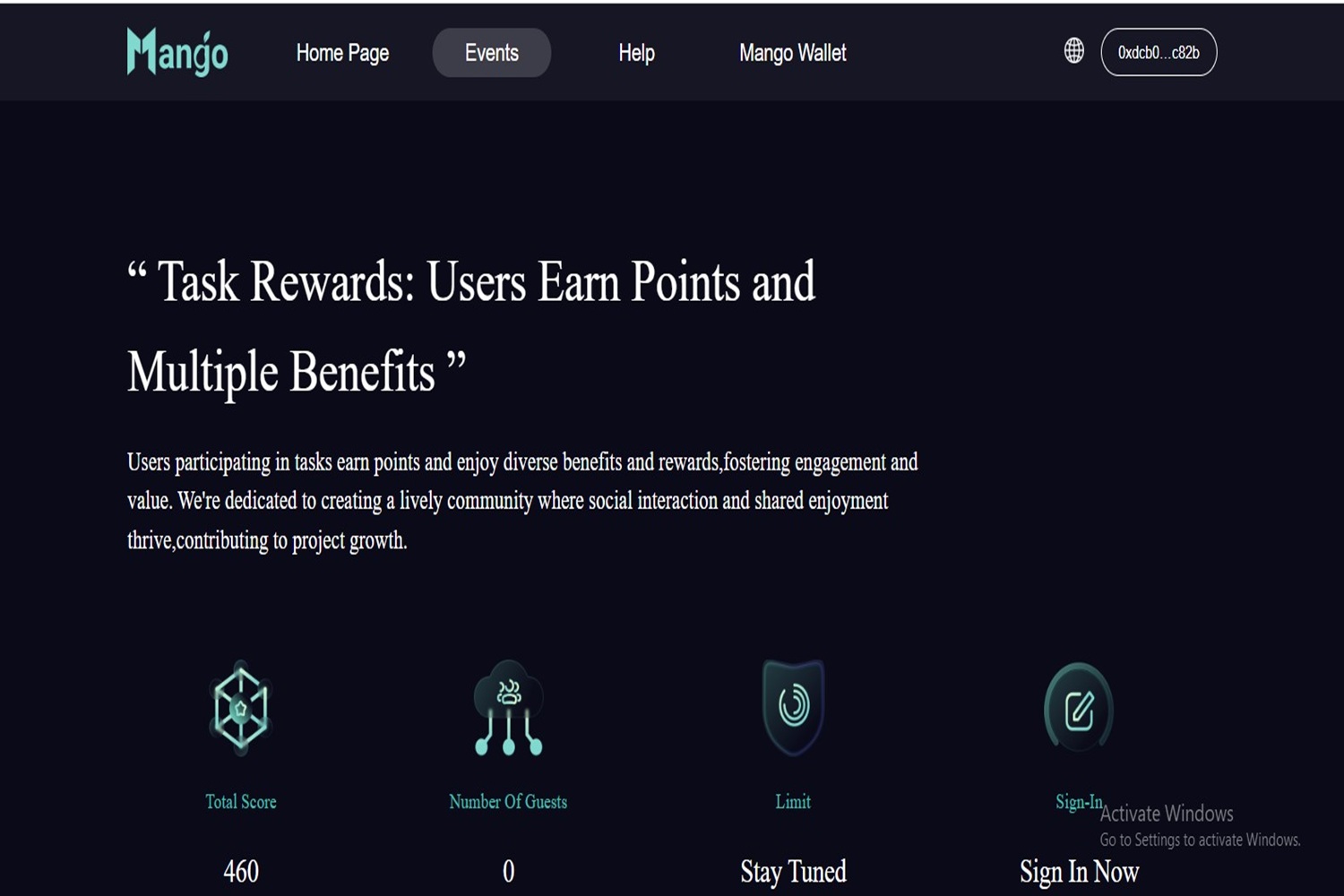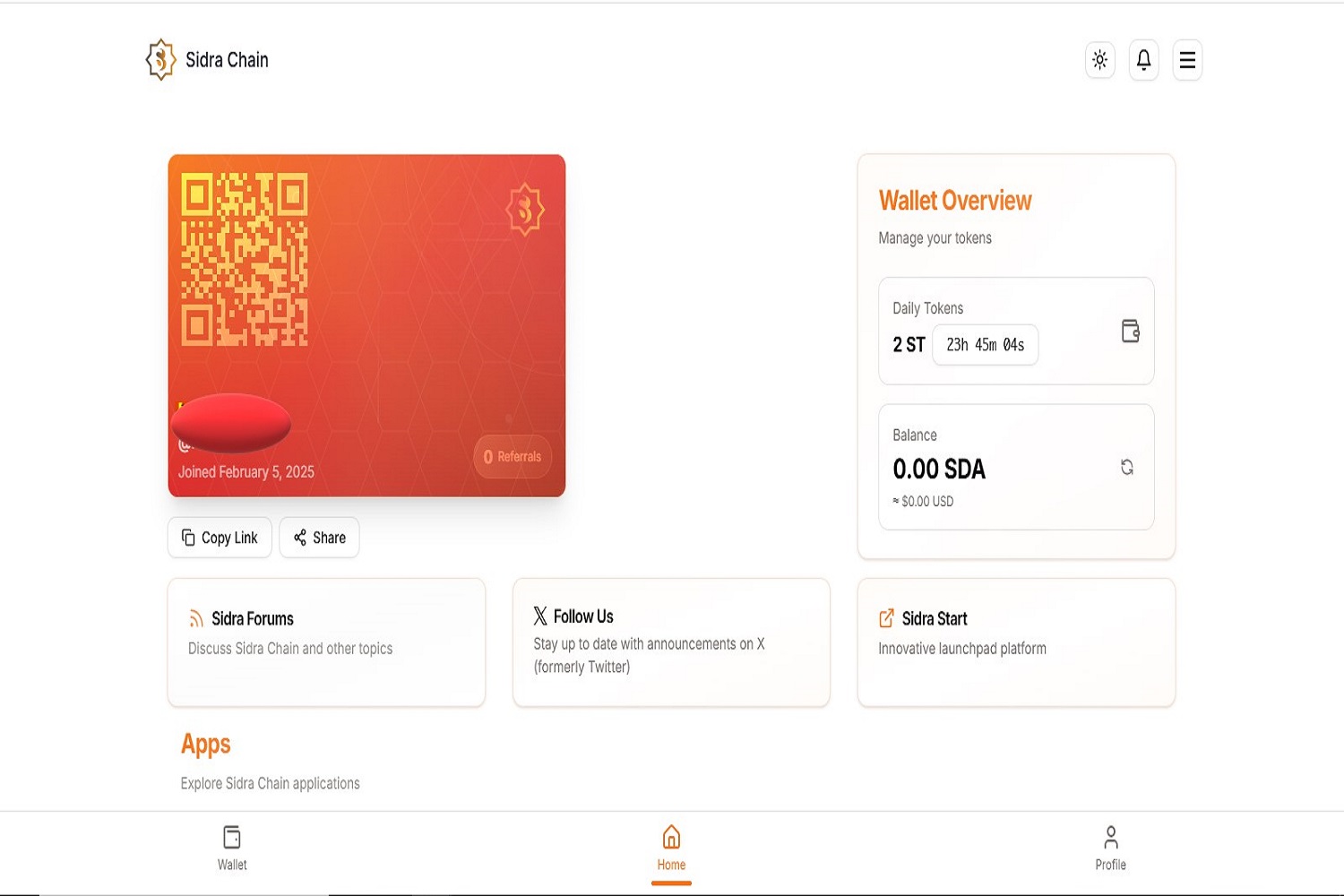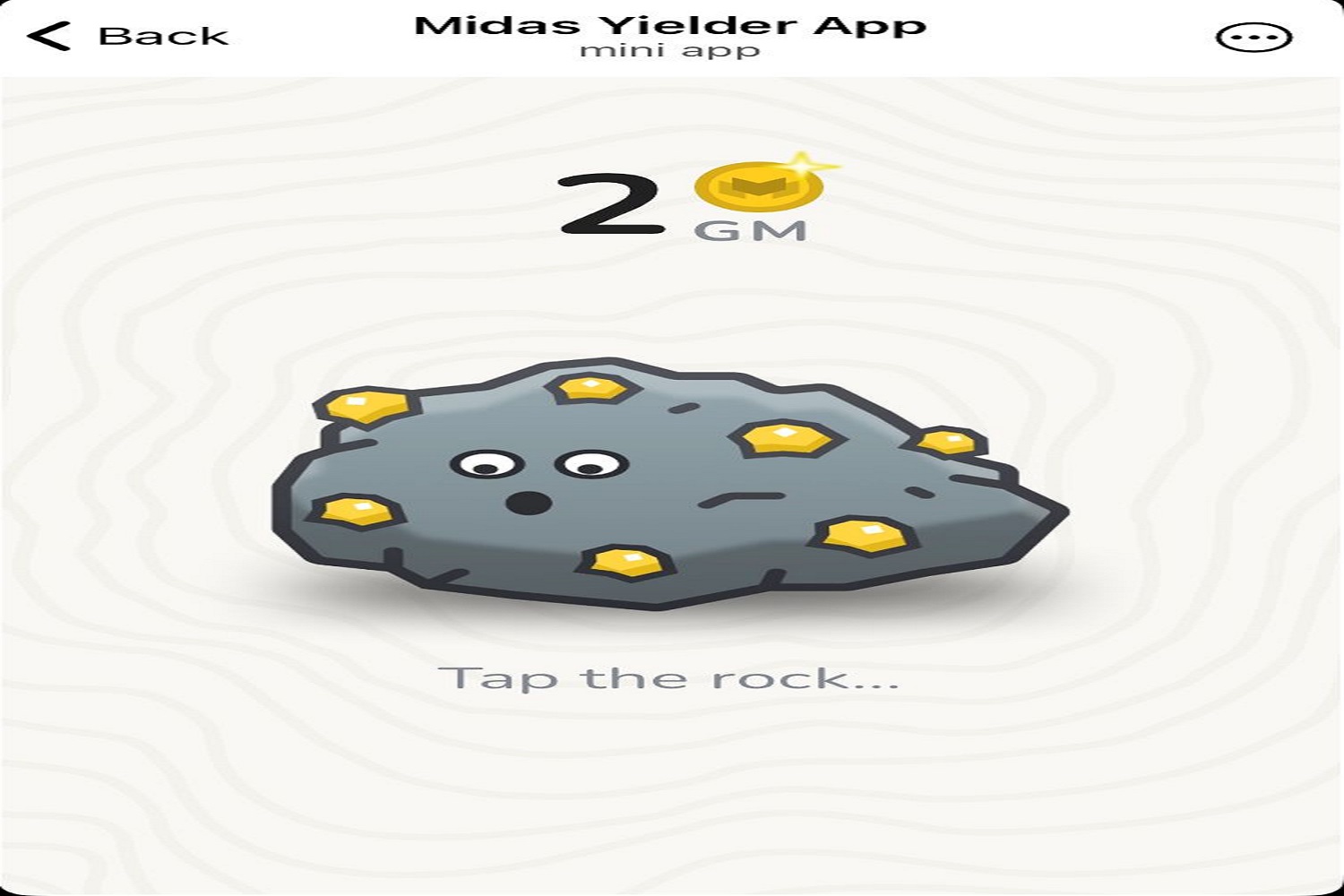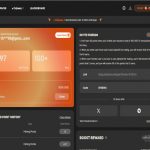Sidra Digital Assets has its own blockchain, which we’ll call the Sidra Chain, and it uses a mining process similar to other cryptocurrencies. I’ll walk you through the mining process for the Sidra Chain, along with some challenges and rewards involved.
How to Participate:
Visit the official SIDRA CHAIN website.

Click login with KYCPORT
Redirect to KYCPORT website

Click on to register & Fill Email id and OTP

Fill the required Details

Click Claim to every 24hrs

Rewards for Mining Sidra Chain
- Block Rewards (Newly Minted Tokens): Just like Bitcoin, miners on Sidra Chain are rewarded with newly created tokens for their work. The reward serves as an incentive for miners to secure the network and maintain its integrity. Over time, the block reward may decrease in a process called halving, but miners can still earn rewards from transaction fees.
- Transaction Fees: In addition to block rewards, miners also receive transaction fees associated with the transactions in the blocks they mine. As the network grows, these fees can become a significant source of revenue. If Sidra Chain has a high transaction volume, transaction fees can be lucrative for miners.
- Network Security and Decentralization: The act of mining helps secure the Sidra Chain against attacks and malicious behavior. As miners compete to validate transactions, they ensure that the network remains decentralized, transparent, and resistant to censorship. This contributes to the overall health and trustworthiness of the blockchain, making it more attractive to users and investors.
- Community and Governance Participation: Some blockchains, including those based on PoS or hybrid models, may allow miners (or stakers) to participate in network governance. Sidra Chain could offer miners the opportunity to vote on decisions related to protocol upgrades, consensus rules, and other important developments. This gives miners a say in shaping the future of the network.








